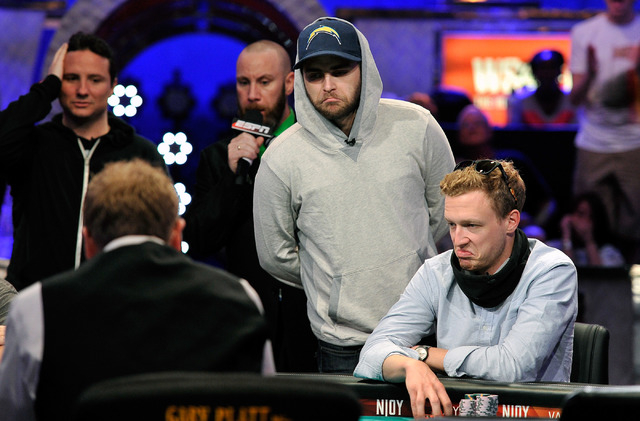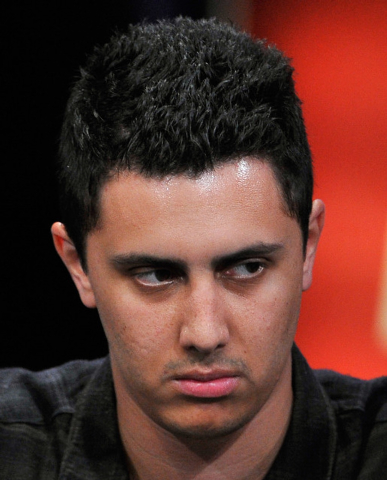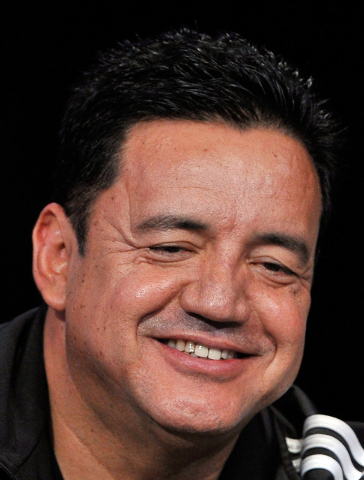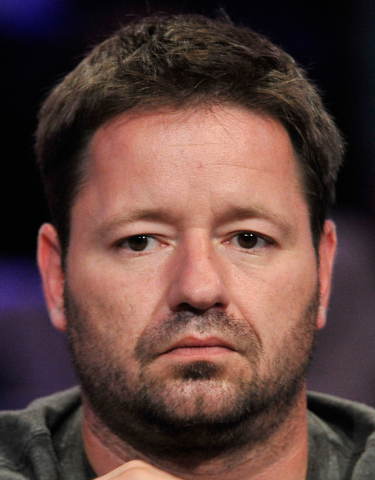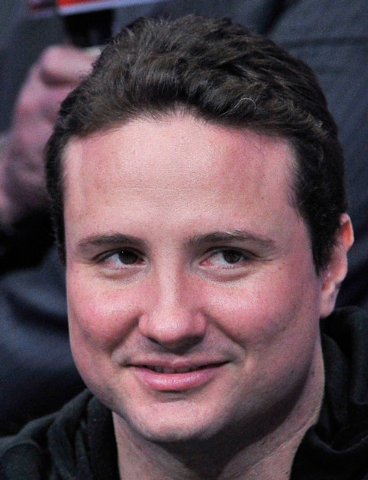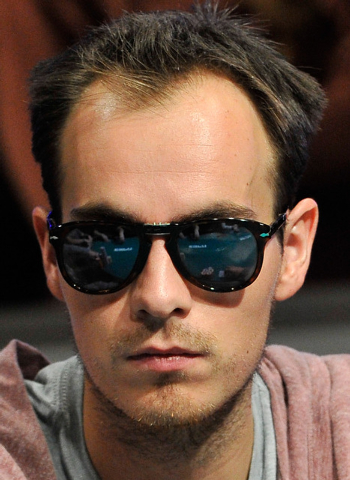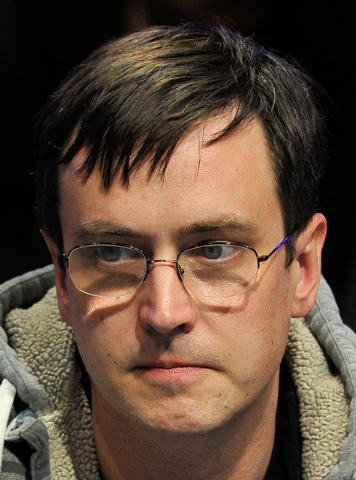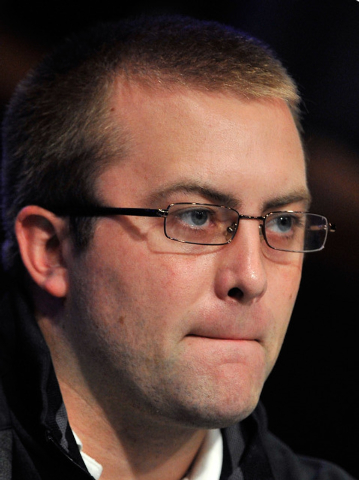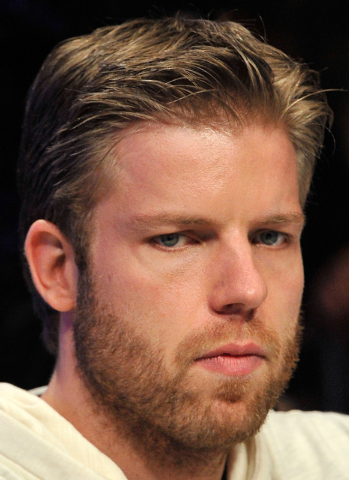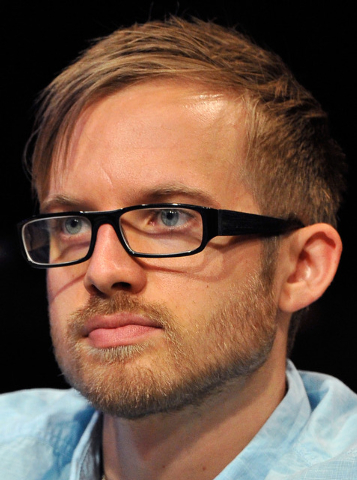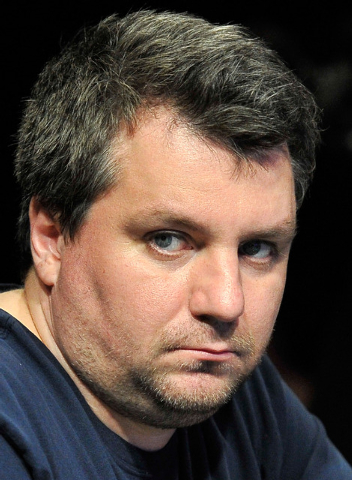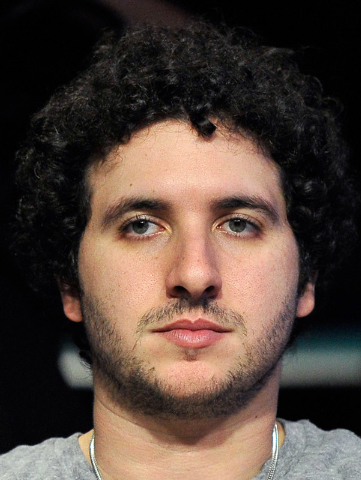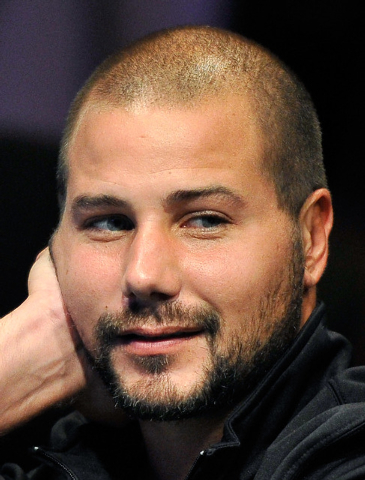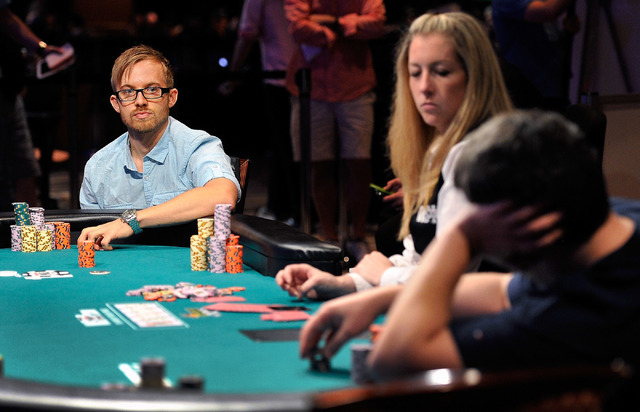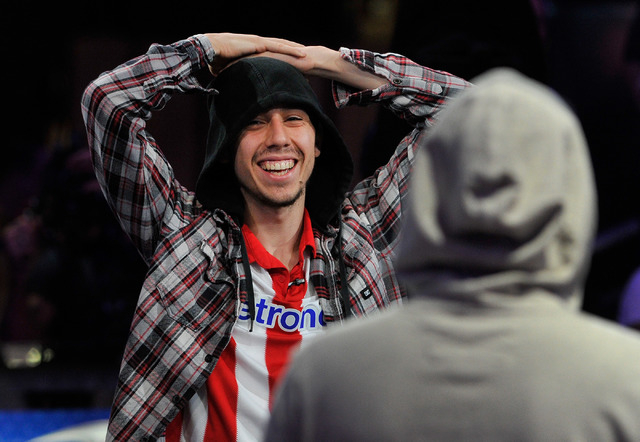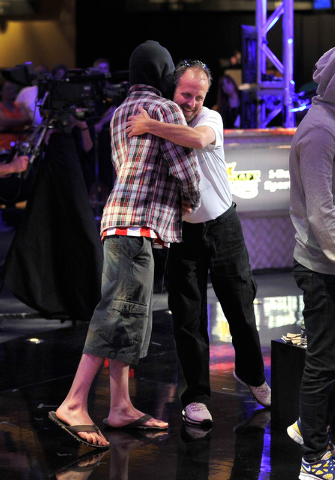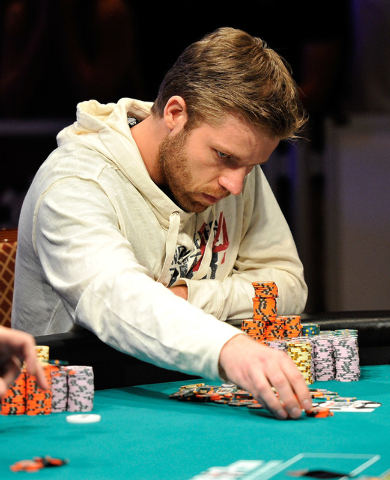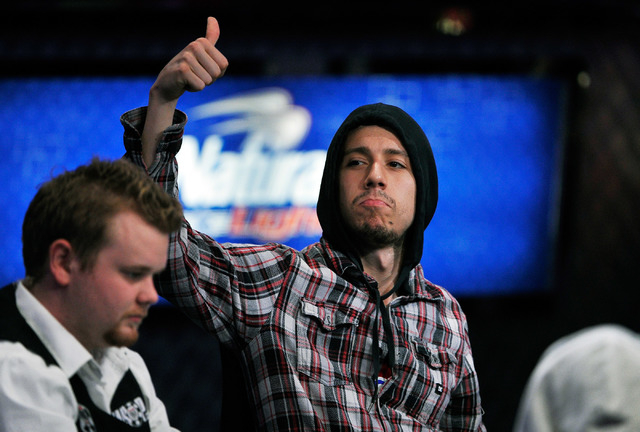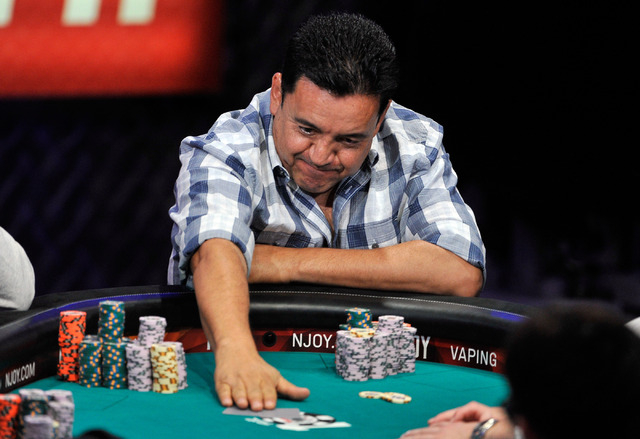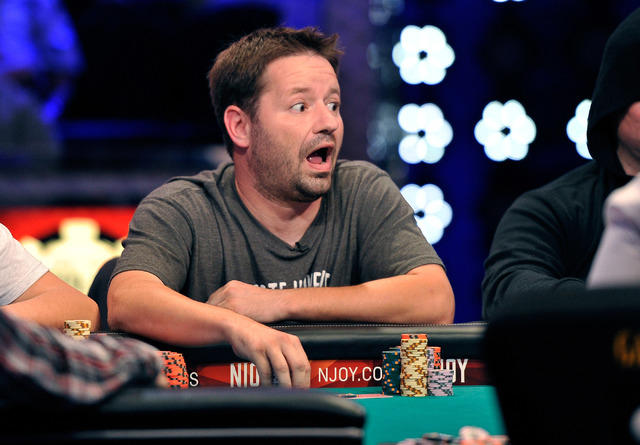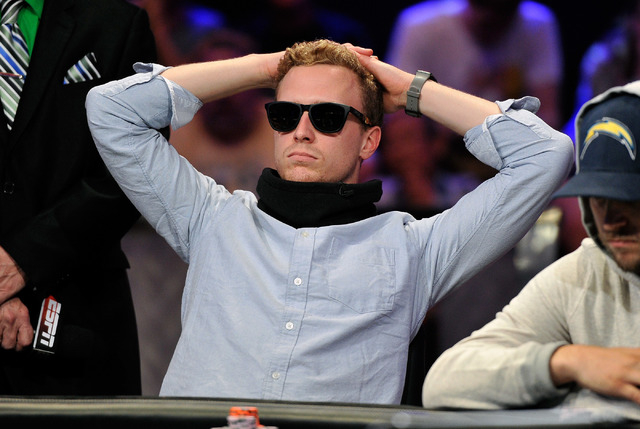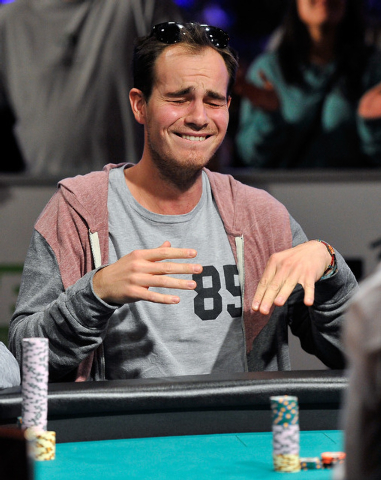WSOP’s final table will lack star power, but it won’t lack for skill
Spoiler alert: When the World Series of Poker Main Event reconvenes in November, there won’t be many recognizable faces.
Phil Ivey got fans’ hopes up early, but he’s been out of the tournament for days. Huck Seed, the last former champion standing, was gone before the money was handed out.
And the last female, Maria Ho, was eliminated in 77th place.
Don’t be mistaken, though. While the final table of the $10,000 buy-in No-limit Texas Hold ’em World Championship lacks star power and was shaping up Monday night to have a decidedly foreign flavor, it also will feature plenty of skilled players.
That’s just the nature of the game in the post-“Black Friday” era. Consider it Poker Darwinism.
“The last four or five tables have been really tough,” said Las Vegas resident Dan Sindelar, who was in second place at the 6 p.m. dinner break. “Everybody knows how to play some poker.”
The Main Event had 10 players remaining at 10:45 p.m. Monday, and Jorryt van Hoof of the Netherlands led the way with 37.42 million chips. Play in the Main Event continued into the early morning until nine players remained.
Mark Newhouse remains alive in his quest to become the first two-time “November Niner.” He also would become the first player since Dan Harrington in 2003 and 2004 to make back-to-back final tables.
The tournament goes on hiatus for the next four months and resumes with the final table Nov. 10 at the Rio’s Penn & Teller Theater. The last two players go head to head for the $10 million first prize Nov. 11. ESPN will air its coverage of the Main Event beginning Sept. 28.
One of the common refrains from pros and amateurs throughout the WSOP’s seven-week run this summer at the Rio Convention Center is how much more competitive the game has become recently. The government’s shutdown of online poker in 2011 largely culled recreational money from the tables, leaving only the alpha players to duke it out.
As a result, the huge advantage top players once enjoyed has shrunk considerably since they are often left facing players of equal skill.
“Poker needs a bottom end, and now that bottom end is you’re looking at a $200 buy-in at the casino. And 200 bucks is a lot of money to a lot people,” said pro Bryan Devonshire, who finished 25th in this year’s Main Event. “Now, they’re all intimidated by live poker, and how else are you going to learn? It’s just a lot harder to get new people and new money into the game.
“So nowadays, people that play poker most of the time have played for a while. People either play and lose and quit, or they get better, and now people are better three years since ‘Black Friday.’ ”
When Day 7 of the Main Event started Monday, nearly all of the 27 remaining players had a poker resume, even if they weren’t household names. Four players — Leif Force, Craig McCorkle, Sean Dempsey and Luis Velador (two) — own a WSOP bracelet, while Dan Smith has nearly $8.3 million in live-tournament earnings and is No. 2 in the Global Poker Index player rankings. Force was eliminated in 21st place, while Smith went out in 20th.
Newhouse reached the final table of the Main Event last year before taking ninth, while players such as Martin Jacobson of Sweden and Devonshire have more than $1 million in career WSOP earnings.
Eight of the 16 players left at the dinner break were from outside of the United States, including seven from Europe, where players continue to hone their poker skills online. Andoni Larrabe of Spain cashed in three WSOP events this year and won the $5,300 buy-in No-limit Hold ’em event at the European Poker Tour’s PokerStars Caribbean Adventure in January 2013. Brazil’s Bruno Politano, whose rowdy rail turned the viewing area into a mini Maracana, made the money in two WSOP events this summer.
Only four of the final 16 players — Christopher Greaves of Zionsville, Ind., William Pappaconstantinou of Dracut, Mass., Thomas Sarra, Jr. of Girard, Ohio, and Norway’s Felix Stephensen — had never cashed in a WSOP event prior to this run.
“It’s really tough right now,” Sindelar said. “Over the years, it’s definitely evolved into a much tougher game. A lot of people are talking strategy, which helps everybody else. There’s still a few recreational players in there, which makes this tournament one of the best tournaments. It’s just gotten tougher.”
The Main Event wrapped up a successful summer for the WSOP, which attracted a record 82,360 entries to its 65 events and had a total prize pool of $225,584,873, the largest in its 45-year history. German pro George Danzer was the only player to win two bracelets, while Ivey captured his 10th career bracelet in June, tying him for second on the all-time list.
Contact reporter David Schoen at dschoen@reviewjournal.com or 702-387-5203. Follow him on Twitter: @DavidSchoenLVRJ.



